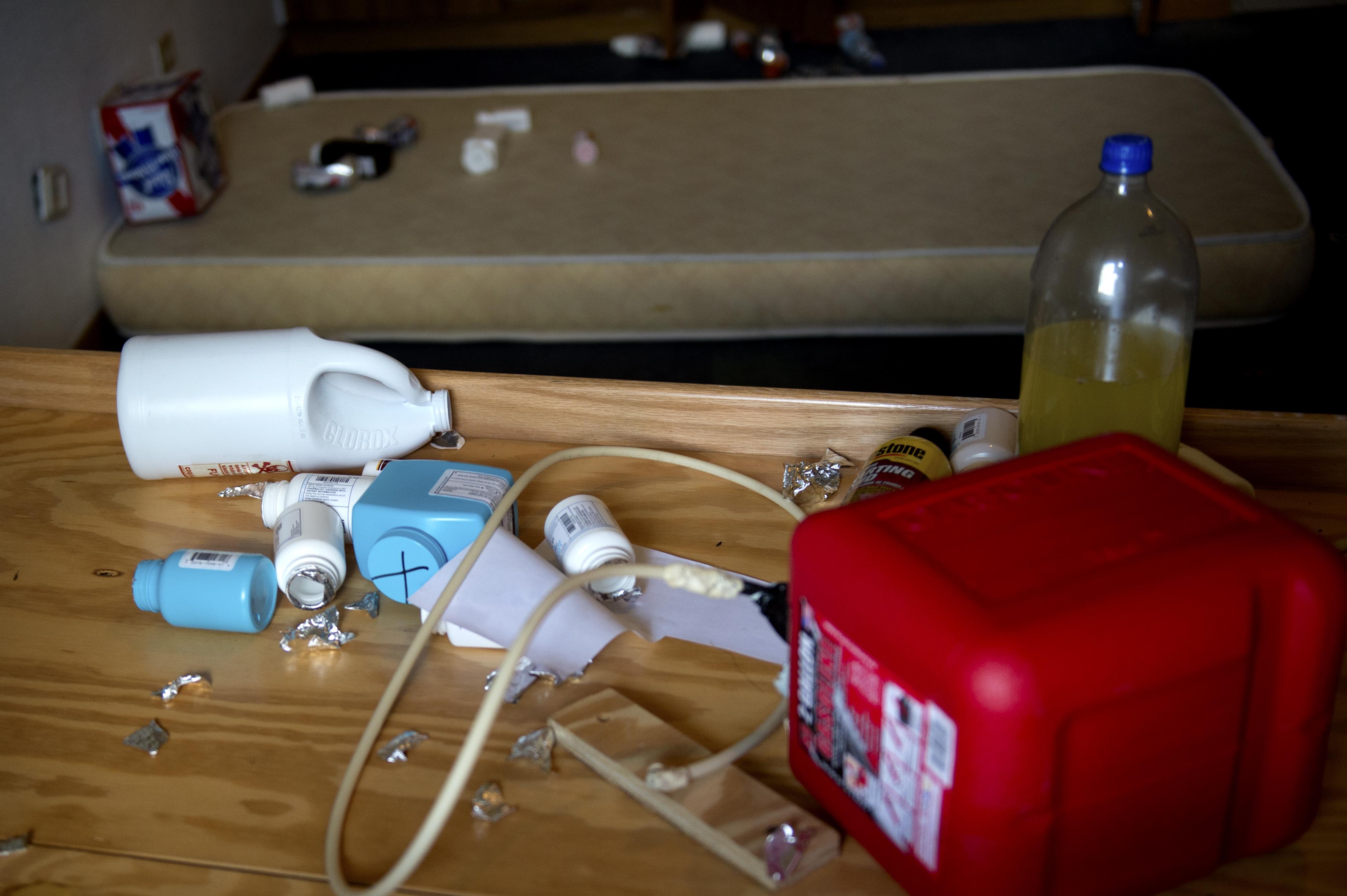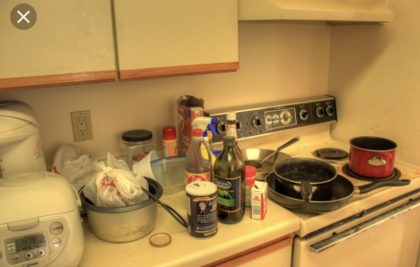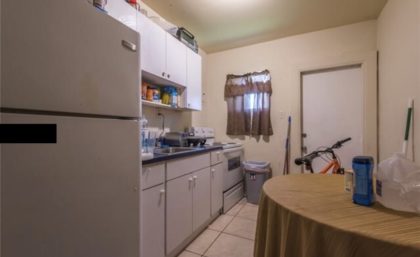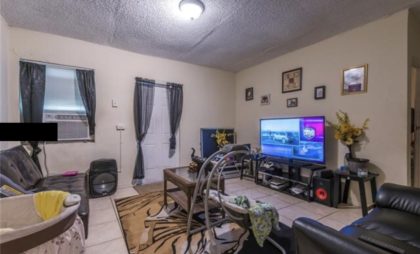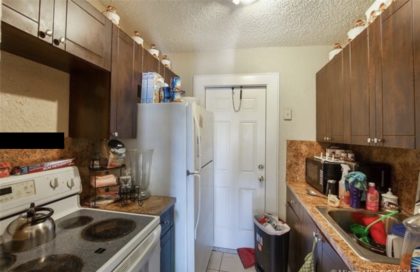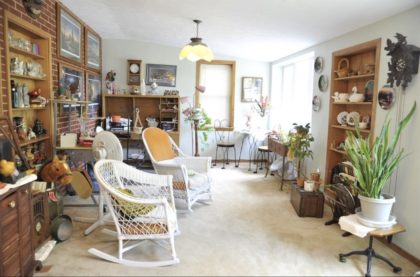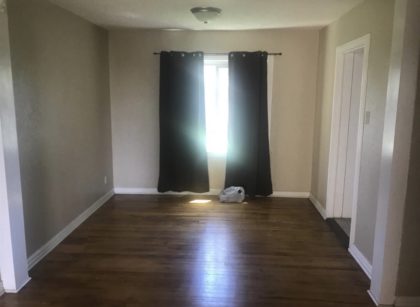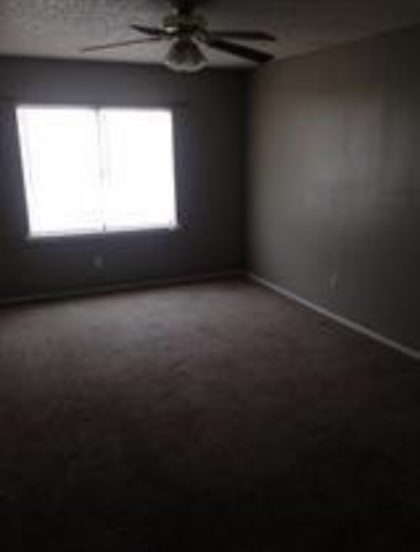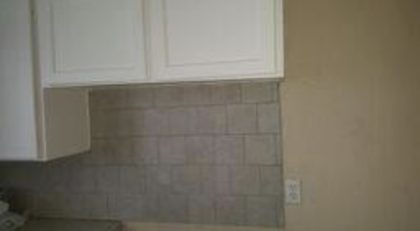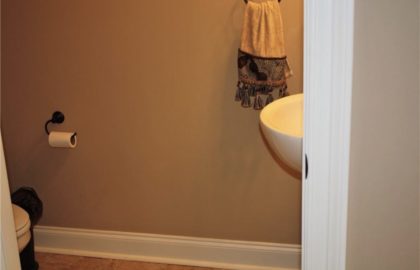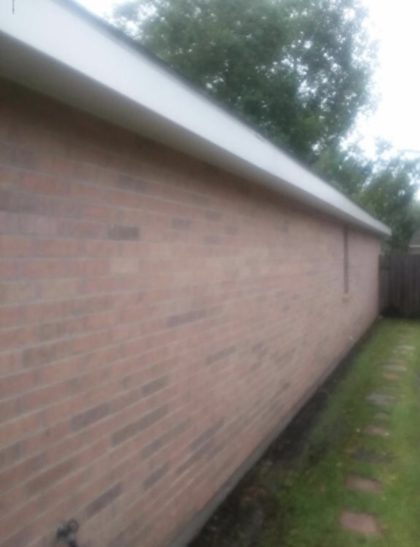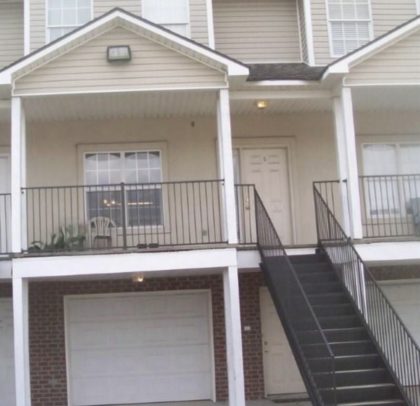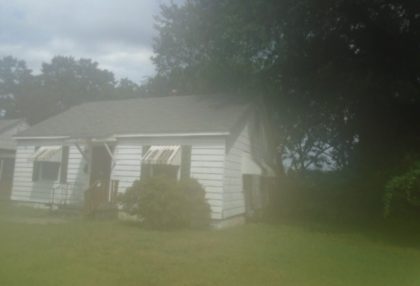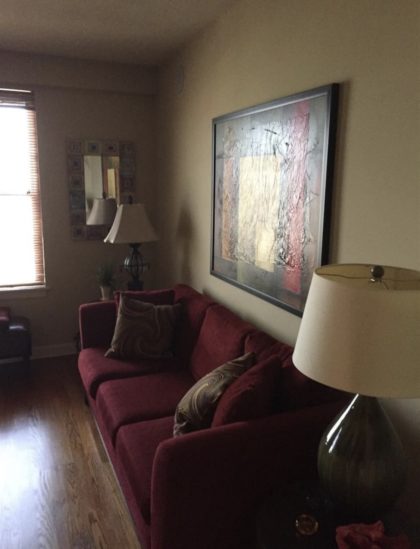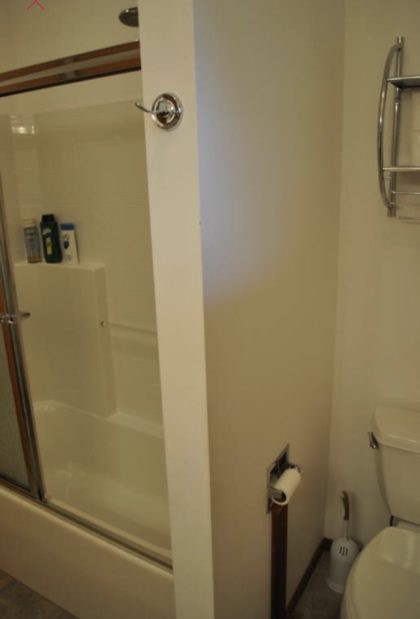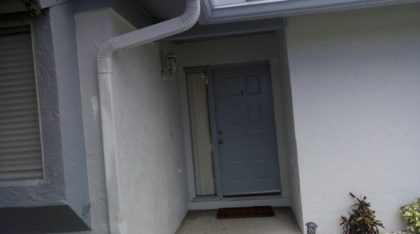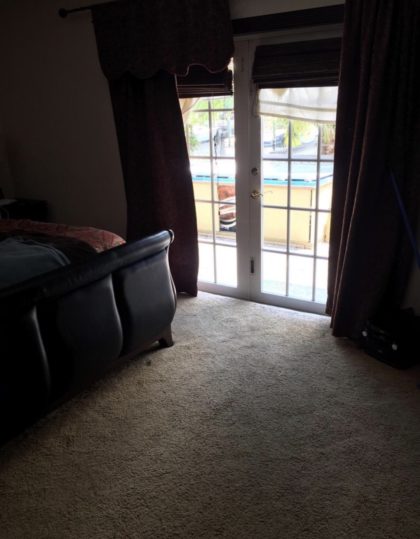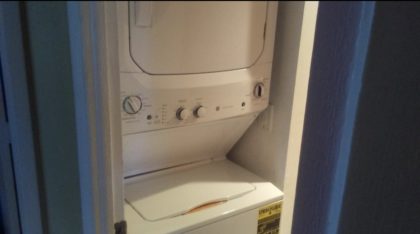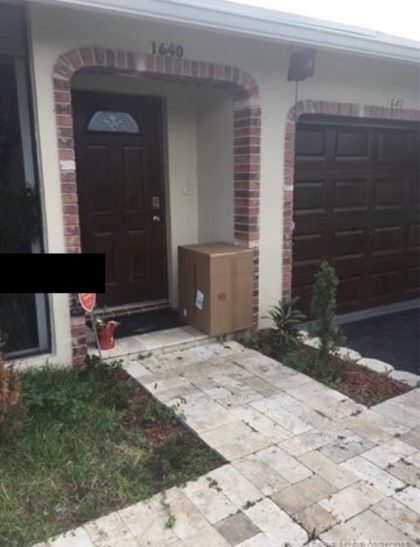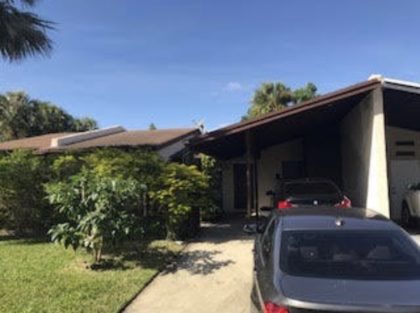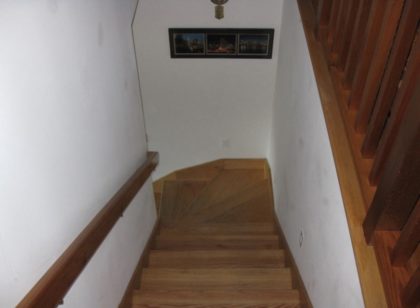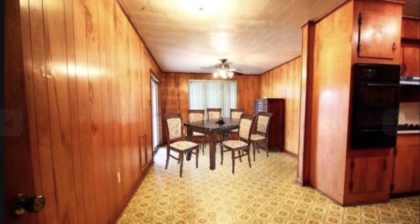A Make Ready Cleaning is also known as a Move-In/Move Out cleaning. Normally this is completed when someone is selling a home and moving in or out of a home. Basically you are making the home ready for the next owner (or to market the home). The make-ready cleaning will usually include cleaning and sanitizing the following items:
- Bathroom (toilets, tub, shower/glass enclosure, sink, counters, and faucet)
- Kitchen (sink, counters, back splash, faucet and all appliances)
- All cabinets and drawers (only for move out or move in cleanings)
- Ceiling fans
- Shelves/bookcases
- Dust all services
- Baseboards
- Windowsills
- Doors, knobs and casings
- Light fixtures
- Light switches
- Air vent covers
- Mirrors
- Blinds
- Flooring (normally an extra fee to include shampooing carpet or grout cleaning)
- Windows (normally an extra fee)
For a move in/out cleaning all furniture, debris, clutter and other trash must be removed prior to cleaning. This is a clean-only service, not a trash-out service. The house must be vacant and the utilities (water and electricity) must be turned on.
Services that are typically not covered:
- Remove rust stains
- Remove Paint or Stains from Flooring
- Remove Grout from Tile or Walls
- Wipe Down Walls
- Remove Mold from the Silicon Caulk Around the Tub
- Carpet shampooing
- Removal of pet stains
- Grout cleaning or steaming
- Window cleaning
- Home exterior cleaning/power washing
- Curtain cleaning
- Laundry
The cost for this type of service will vary based on the home’s condition and size.











